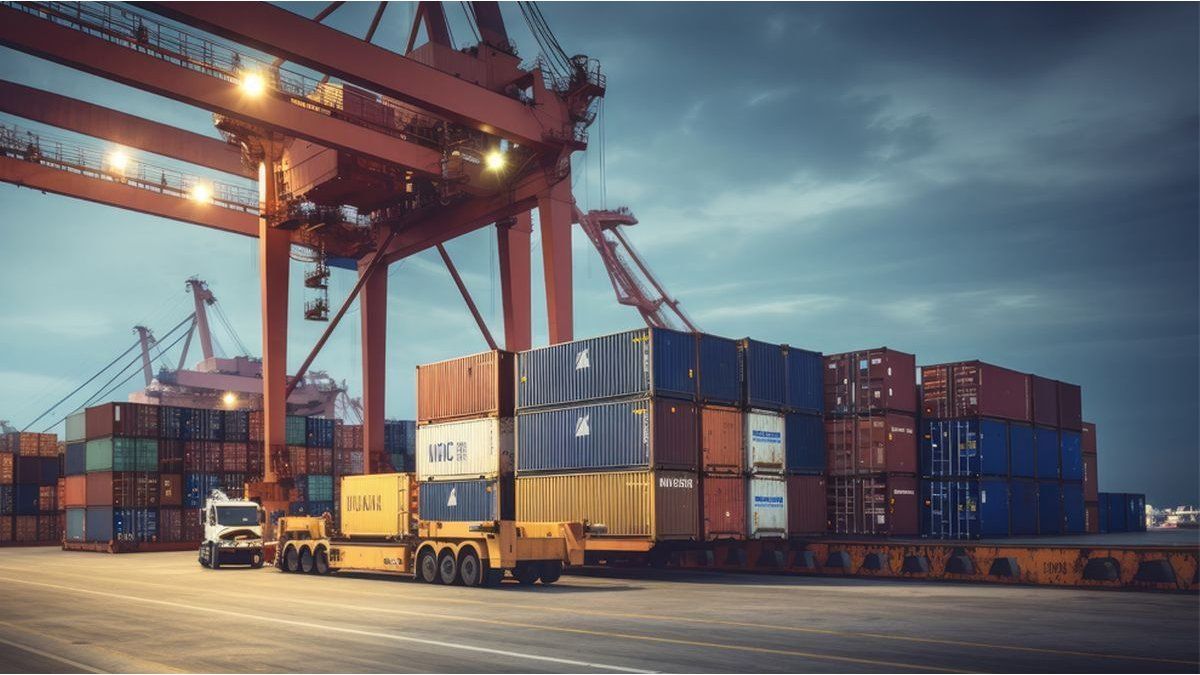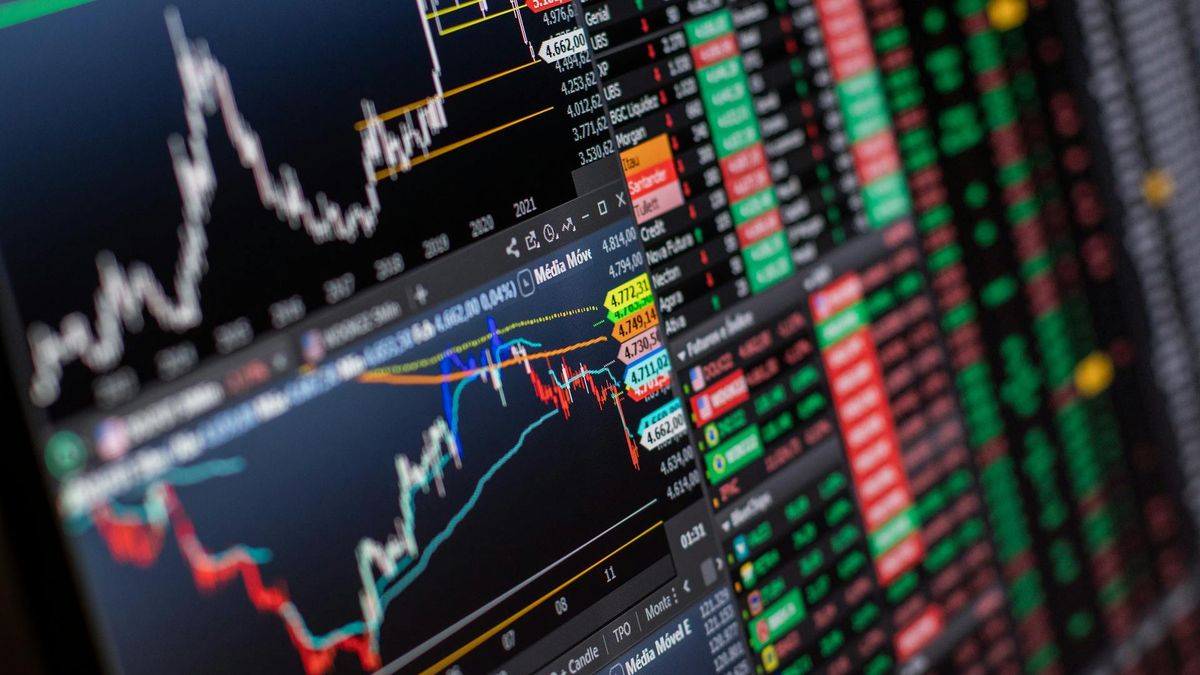Small and medium -sized manufacturing companies today represent only 7.2% of the exported value, well below the average of developing countries.
Exporting SMEs are found in a worrying panorama. According to a report prepared by the Chamber of Exporters (Wax), they unveiled a worrying panorama for small and medium exporting companies (Pymex). Throughout the last decade, These firms lost weight in volume, value and diversity within Argentine foreign trade.
The content you want to access is exclusive to subscribers.
Between 2015 and 2024the amount of manufacturing Pymex fell by 12.2%, from 4.312 companies to 3,785. Although there was a slight recovery in the last year (+80 signatures compared to 2023), the number remains far from the previous levels. In contrast, the big firms showed much greater stability, with a drop of only 1.5% in the same period.


In 2024, the Pymex manufacturing represented 48.8% of manufacturing export firms, but they barely concentrated the 7.2% of the total exported valuea setback with respect to 7.8% of 2023. As a reference, in developing countries this segment contributes 11.5% of the exported value on average, while in developed economies the contribution can reach up to 35%.
“Like what happened with total exports, during the decade there was a change in the manufacturing export structure, with a loss of the participation of the Pymex and the micro especially of their exported manufactures, explained mainly by the retractions from 2021. These spaces were won by the relative increase of the great exporters “they pointed out from wax. At the same time that they stressed that 30 years ago, the participation of Pymex exports was 15%, it fell to 6.9% in 2022, regained 7.8% in 2023 and decreased again at 2024 to 7.2%.
Screen capture 2025-05-27 191127.png

In 2024, manufacturing Pymex represented 48.8% of manufacturing export firms
Growing concentration and closest destinations
The study also reveals a Growing regional concentration: the Pampas region and the Centro region gathered 83% of manufacturing exporters and 81% of the total value exported in 2024. This reflects a lower federalization of export capacities, with provinces of NOA, NEA and Patagonia at structural disadvantage.
In addition, the size of the export company determines not only its volume but also the geographical scope. While Large firms export to destinations located on average at 9,086 km away, Pymex do it only 6,276 km. In fact, 45% of their external sales are directed to bordering countries, being Mercosur and Chile its main partners.
A structure in transformation
Argentine manufacturing pymex mainly export products such as wines, frozen fish, faded legumes, medications, boneless beef and packaging machinery. Unlike large firms, whose sales are concentrated in a few branches (such as vegetable oils, vehicles and fuels)Pymex have greater diversification, although with lower volumes.
Screen capture 2025-05-27 191349.png

Pymex have a greater diversification of exported products, although with lower volumes.
The participation of these companies was also reduced in sectors such as food and metalworking. Only in items such as leather and footwear they managed to maintain their place, thanks to a less abrupt fall in their exports compared to the big ones.
An encouraging fact is that In 2024 new Pymex were recorded than those that abandoned foreign trade: 437 began to export, while 416 stopped doing it. However, many of the new entrants come from the micro -export segment and face structural challenges to climb and hold over time.
Source: Ambito




